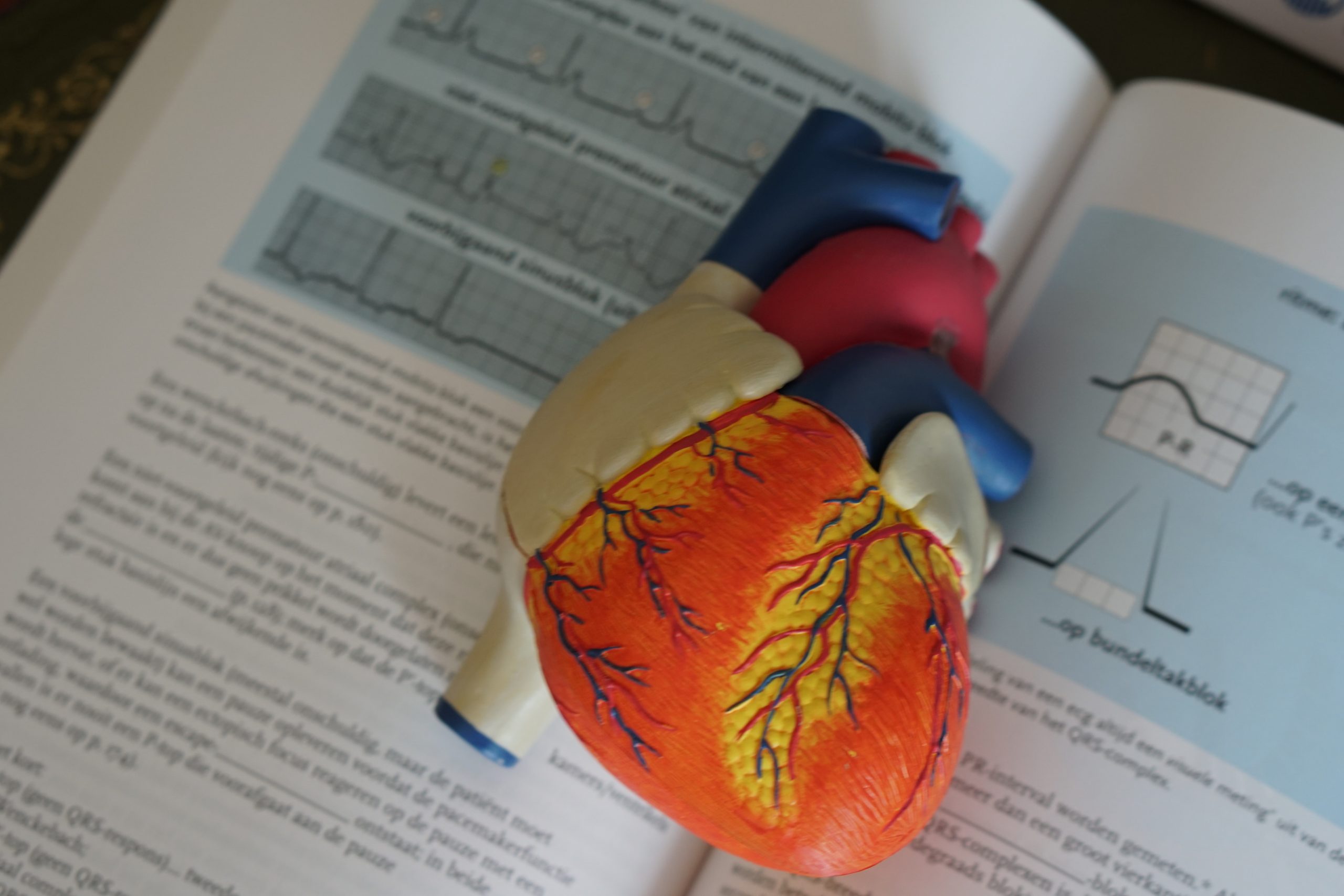

What is your interpretation?
What is your tentative diagnosis?
How does treatment with calcium gluconate help?
List ECG findings that might be found with this abnormality.
Sources and additional reading:
Johns SM, Stern JA, Nelson OL. ECG of the month. J Am Vet Med Assoc 2011; 238(8): 982-984. https://doi.org/10.2460/javma.238.8.982
Day TL, Day TK. Electrocardiographic assessment of hyperkalemia in dogs and cats. Journal of Veterinary Emergency and Critical Care 2008; 18(1): 61–67. https://doi.org/10.1111/j.1476-4431.2007.00268.x
DiBartola SP, De Morais HA. Disorders of potassium: hypokalemia and hyperkalemia. In DiBartola SP. Fluid, electrolyte and acid-base disorders in small animal practice (4th ed, pp 92-119). St Louis, MO: Elsevier Saunders; 2012.
Leave a Reply